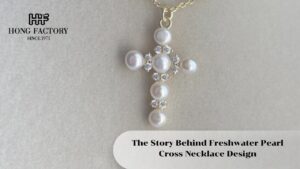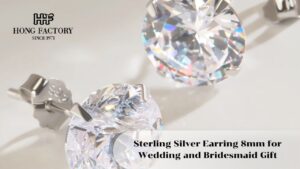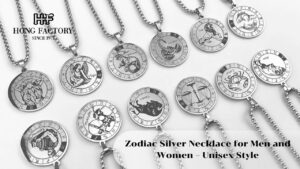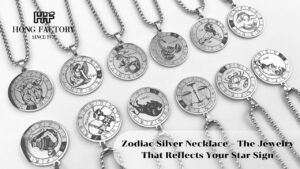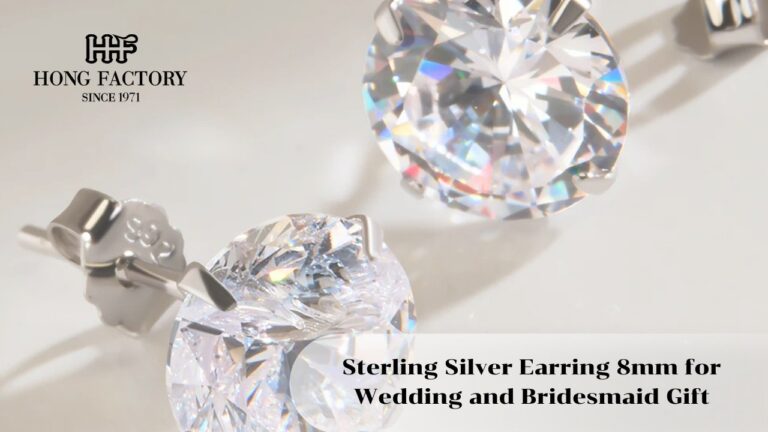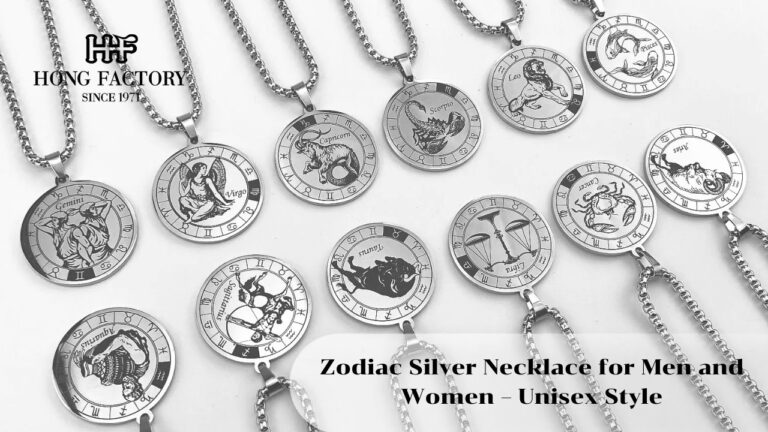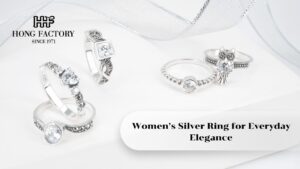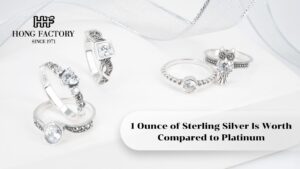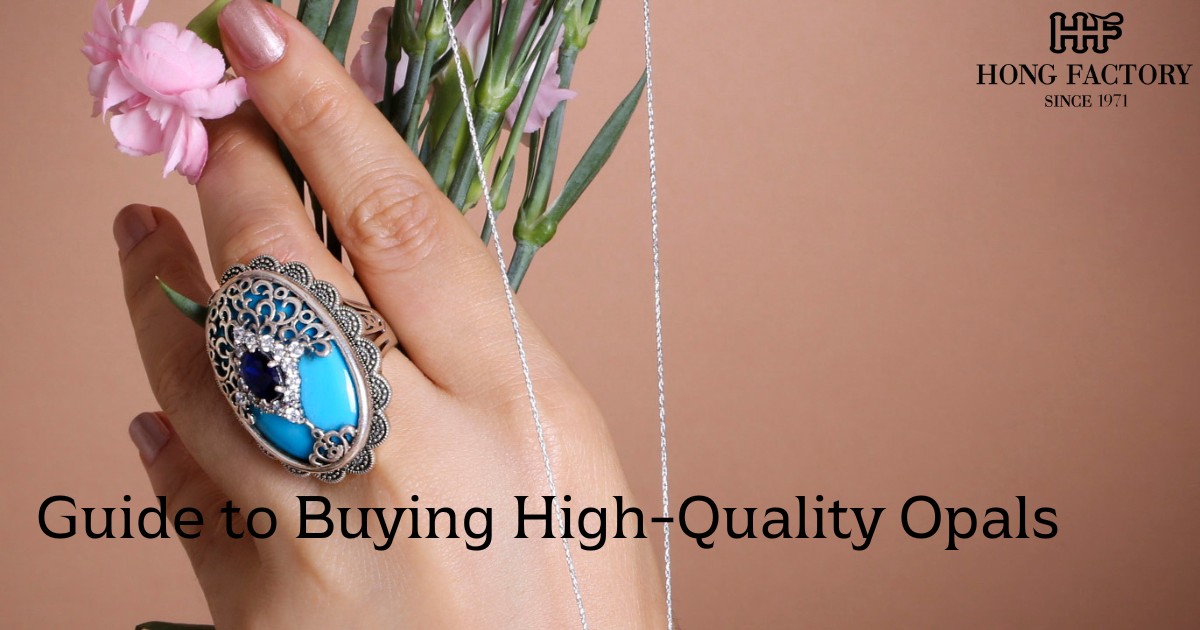
Opals are among the most mesmerizing gemstones, known for their unique play-of-color and stunning iridescence. Quality Opals
Whether you’re a collector, jewelry enthusiast, or investor, selecting a high-quality opal requires careful consideration.
This guide will walk you through the essential factors to consider when purchasing opals, ensuring that you make an informed and valuable investment.
Guide to Buying High-Quality Opals
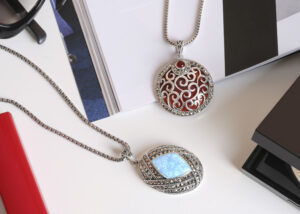
Understanding Opal Types
Opals come in various types, each with its distinct characteristics and value. The most common types include:
1. Black Opal
- The rarest and most valuable type of opal.
- Found mainly in Lightning Ridge, Australia.
- Displays a dark body tone, enhancing the vibrant play-of-color.
2. White Opal
- Has a milky white or light body tone.
- Found in Australia and Ethiopia.
- Often exhibits a softer, pastel-like play-of-color.
3. Boulder Opal
- Formed within ironstone boulders, leaving part of the host rock visible.
- Known for its durability and striking contrast between dark background and vibrant colors.
- Primarily sourced from Queensland, Australia.
4. Crystal Opal
- Transparent or semi-transparent, allowing light to pass through.
- Can display an intense play-of-color with a depth-enhancing effect.
5. Fire Opal
- Found mainly in Mexico, with bright orange, red, or yellow hues.
- May or may not have play-of-color but is valued for its vivid body color.
Factors to Consider When Buying Opals
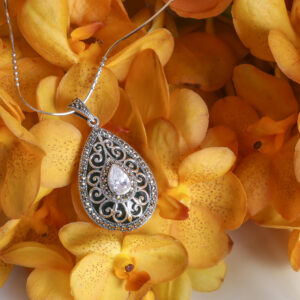
Purchasing a high-quality opal requires attention to several critical factors:
1. Play-of-Color
- The most important factor influencing an opal’s value.
- Look for vibrant, well-defined color patterns.
- Stones with a full spectrum of colors (red, blue, green, orange, and yellow) are more valuable.
2. Body Tone
- The background color of an opal impacts its brightness and contrast.
- Darker body tones (black and boulder opals) typically enhance the play-of-color and command higher prices.
3. Brightness
- High-quality opals exhibit strong, vivid colors even in low light.
- A dull or faint color display may indicate a lower-grade opal.
4. Pattern
- The arrangement and structure of color patches affect an opal’s value.
- Rare patterns like harlequin (checkerboard-like) or rolling flash (moving bands of color) are highly prized.
5. Transparency
- Crystal opals benefit from some degree of transparency, intensifying the color play.
- However, excessive translucency can make an opal appear washed out.
6. Cut and Shape
- High-quality opals are expertly cut to maximize color display.
- Common shapes include ovals, rounds, and freeform cabochons.
- Avoid opals with uneven surfaces or poor polish.
7. Treatments and Enhancements
- Some opals undergo treatments like resin impregnation, dyeing, or sugar-acid treatments.
- Always ask for certification or disclosure of any treatments to ensure authenticity.
Where to Buy High-Quality Opals
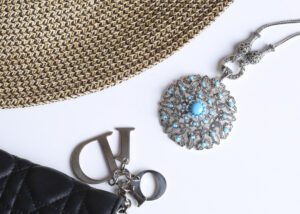
- Reputable Jewelers: Established jewelry stores with certifications.
- Specialty Opal Dealers: Experts who source and sell opals exclusively.
- Gem Shows and Exhibitions: Direct purchases from miners and traders.
- Online Marketplaces: Ensure the seller has positive reviews and offers certification.
Caring for Your Opal
- Avoid prolonged exposure to heat or direct sunlight, which can cause dehydration and cracking.
- Store opals in a soft cloth or padded jewelry box to prevent scratches.
- Clean using a soft cloth and mild soapy water; avoid harsh chemicals.
Buying high-quality opals requires knowledge of their types, characteristics, and value factors. By considering play-of-color, brightness, body tone, and authenticity, you can make
a confident purchase that suits your preferences and budget. Whether for jewelry or investment, a high-quality opal is a timeless and captivating gemstone worth owning.
